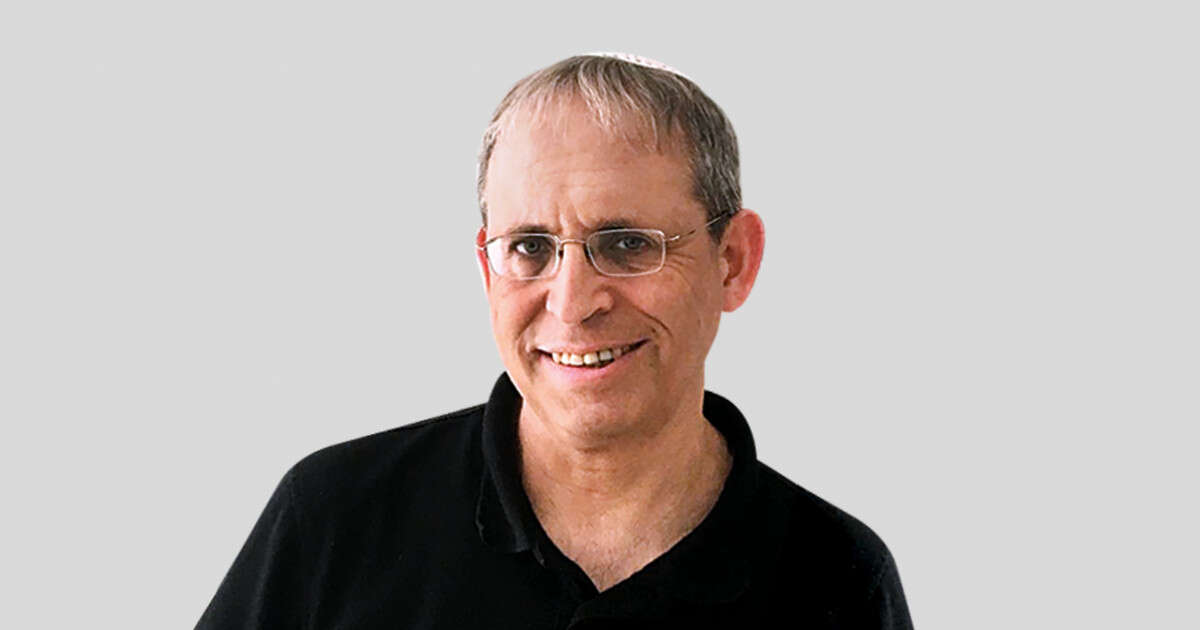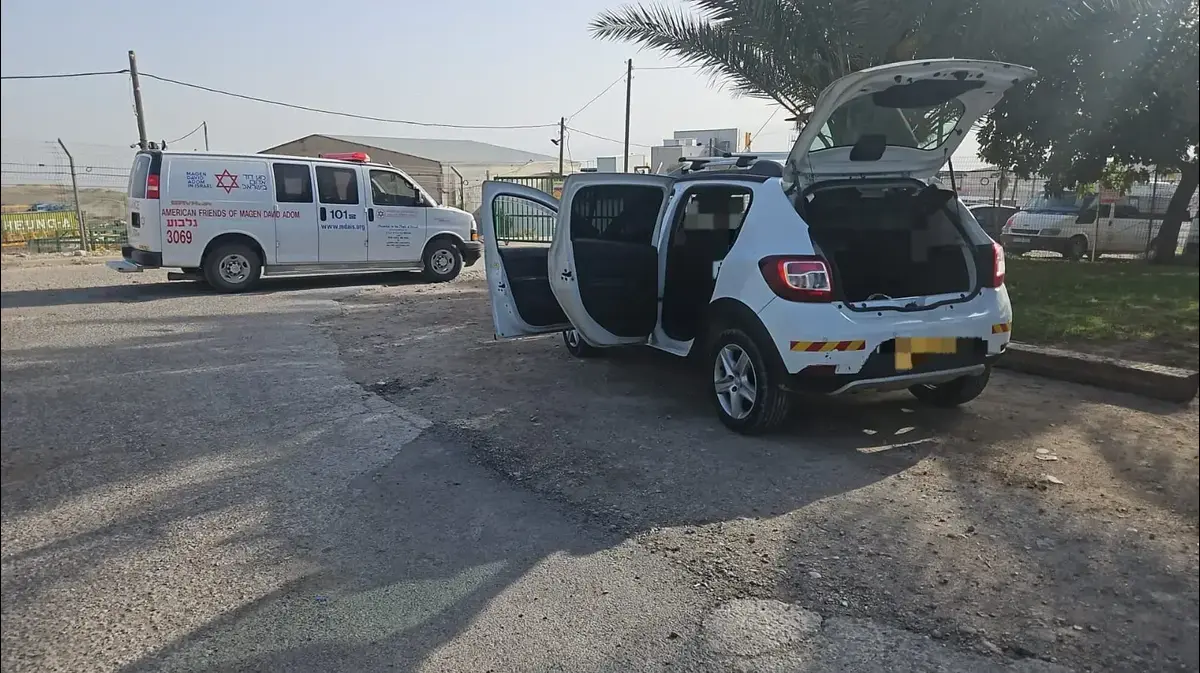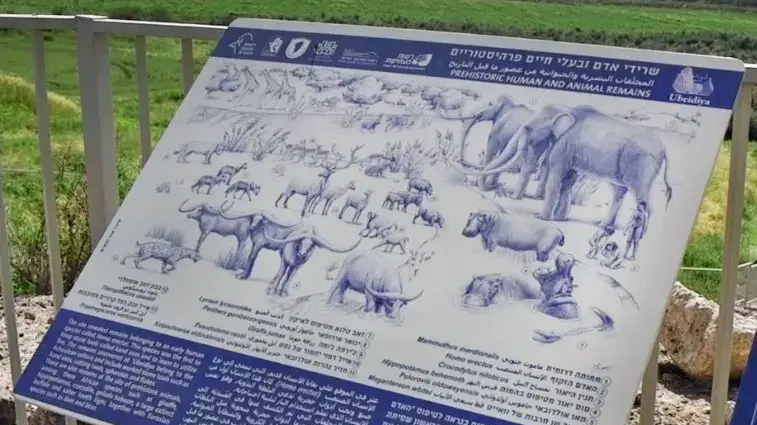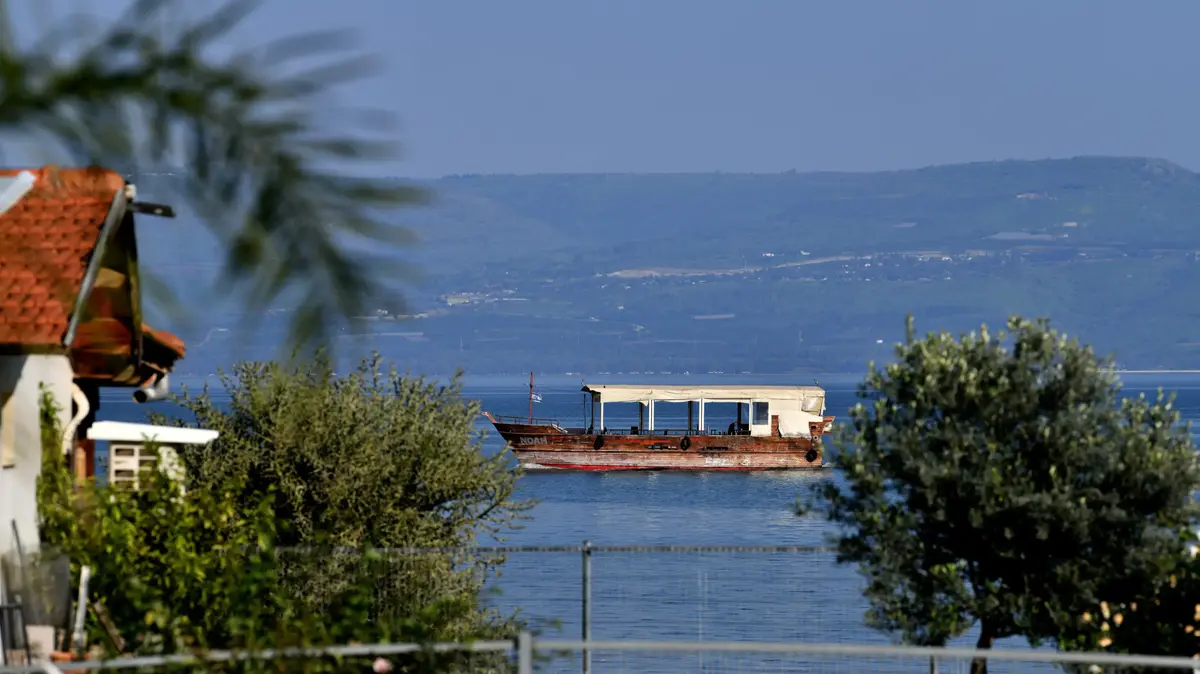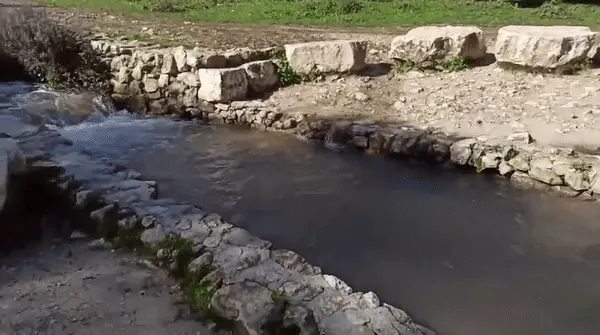Whether or not sovereignty is applied to the Jordan Valley, the settling reality there requires sharp change and urgent redress. Although the settlers in the valley have turned a land of heat and desert-struck, into a modern agricultural power; Tens of thousands of acres of date plantations, edible grapes, vegetables, fruits and spices, which reach Europe, will attest to this. But the vast expanse of settlement in the valley - the area of the regional council spread over 860,000 acres - stands in inverse proportion to the sparse population that has occupied its home in the last 53 years. Only 6,000 people live in the 21 localities established since 1967.
There is an unimaginable gap between the high and high declarations over the years about the importance of this land for the security of the State of Israel, and the minimalist settlement there. On this gap, sovereignty, however important, will also be difficult to bridge. Israel emphasized the Baqa on concept of land and expanses, but neglected the settlement mass.
While other regional councils in Judea and Samaria, 20 and 30 times smaller - such as Samaria or Benjamin - each had a population of more than 50,000 - the valley froze. Herzan Weitz and Yigal Alon, the thinkers of this settlement, 50 localities and a population of more than 50,000 have never materialized, while the "Labor" governments have seized vast land through agriculture - about 100,000 acres, while the Likud has failed to turn the Upper Ephraim into a capital of the capital, instead of a city where tens of thousands of residents live, There are only 1,400 residents living in the valley today, and in the Valley there were no cities like Ma'aleh Adumim or Ariel and not even the neighboring Shan House, where about 20,000 people live in similar climatic conditions.
The result is doubts and doubts and hesitation: Where there is no settlement mass - the future is hazy. In contrast, in the settlement blocs in the Greater Jerusalem Area, Gush Etzion, West Samaria, and Ariel, where it created a critical mass - it is clear to all that sooner or later these sovereignty and territories will officially become part of the State of Israel.
What is not in the valley. While it has a consensus in Israeli public opinion, in practice, until Trump entered the White House, Israeli governments negotiated it. Theoretically, one of the US secretaries of state once commented on the Israeli, all the valley's residents can be housed on several dozen high-rises in central Israel. .
Theoretically - he was right, and in order to change theories of this kind, a turnaround is needed. Sovereignty, if applied in the valley, can serve as an anchor for change, but it will not happen on its own. In the Argan Trees of the Battalion and Patzal Path or the medicinal spices raised by the wonderful people in Moshav Na'ama - there is not enough. Since Ruhama Raz and the Central Command Band sang "Somewhere in the Valley", in the early days of that settlement enterprise, nothing really changed in the settlement concept. There, the small settlements are still hidden in the tools between the Huwar Hills, the plantations, and some nature reserves, so the sovereignty period should be the time of change in the Jordan Valley.
For more opinions by Nadav Shragai
